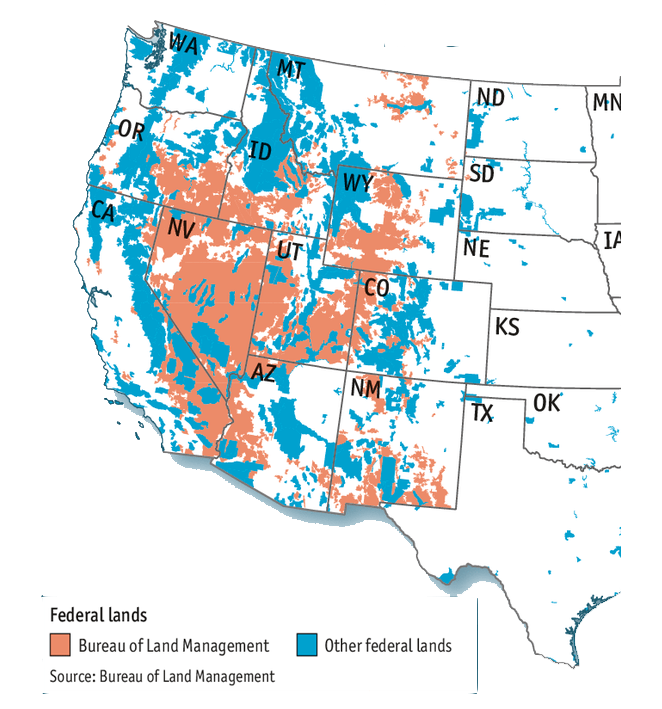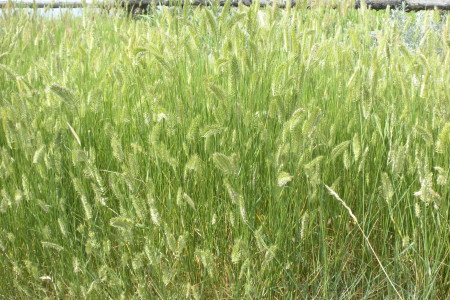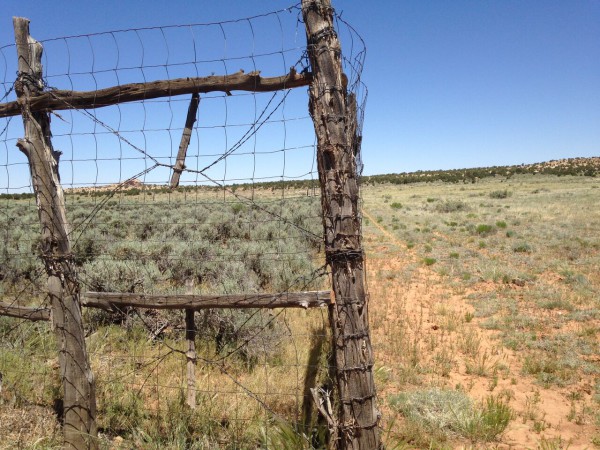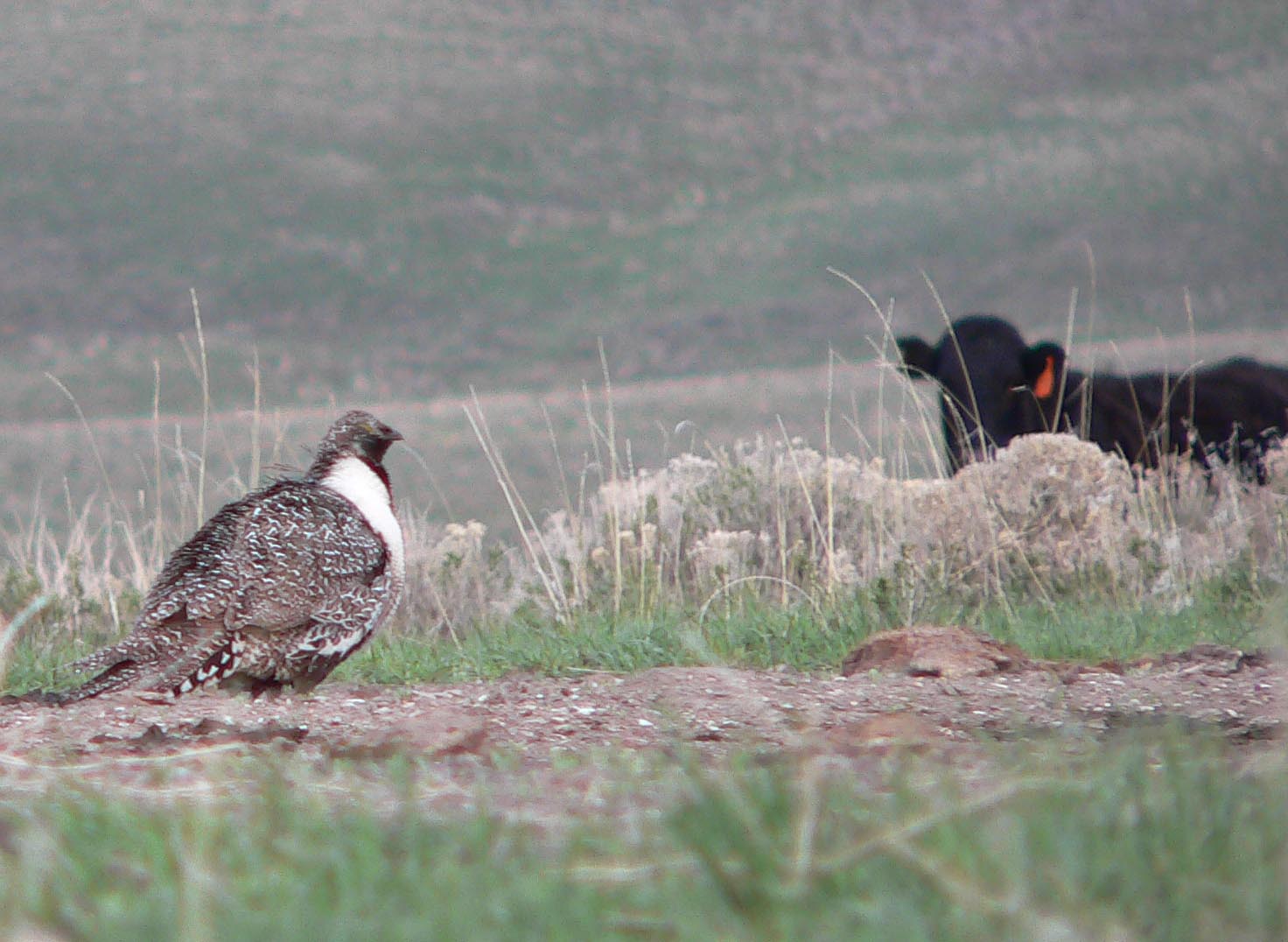Below is part of a public comment from the Grand Staircase Escalante National Monument Livestock Grazing Plan Amendment Environmental Impact Statement (EIS). It was published by the BLM in May 2014, Livestock Grazing Plan Amendment EIS: Scoping Report.
The points made in the comment, in my opinion, are accurate for the most part. But many main parts made by the authors are missing from the comment. Does the comment give the reader a good understanding of the paper? The original comment was one paragraph. I broke it in to sections and numbered each section to make it easier for the reader to follow. The comment is in blue and my comments are in black. Rest-Rotation Grazing: A New Management System for Perennial Bunchgrass Ranges by A. L. Hormay and M. W. Talbot will also be referenced.
(1) Hormay and Talbot (1961) originally developed guidance for rest-rotation grazing based on intensive field studies. I’m not certain what they mean by intensive. Hormay and Talbot (1961) did measure lots of variables and the study was very descriptive. However, they studied just three units in NE California; one was a cutover pine type, and two were grassland types. Also, no statistics were presented in the study.
(2) They stated, “While the idea of incorporating rest in grazing management is not new, the concept of longer rest periods than have heretofore been recommended, at least for mountain bunchgrass ranges, and of closer correlation of resting and grazing with plant growth requirements, is new.” True, but the next sentence is: “Even though the rest periods under this system are longer than heretofore recommended, they are flexible.”
(3) They found that even with the rest-rotation system, some areas were more heavily used than others, re-growth was minimal on clipped plants after the seed-in-milk phase and clipping during active growth reduced total herbage yield during that year. A single season of clipping reduced basal area of forbs and grasses the next year. Four consecutive seasons of clipping at the seed-in-milk phase reduced basal area of Idaho fescue 80%, bottlebrush squirreltail 62%, longspur lupine 91% and wooly wyethia 16%. Four years’ rest after four years’ clipping resulted in little or no recovery of Idaho fescue, wooly wyethia and longspur lupine. True, but the commenters went from grazing straight to clipping (Clipping Does Not Simulate Grazing). Also, plants were clipped to 1.5” at different stages of plant growth. They were clipped once during the season except where regrowth was produced. Regrowth was clipped when full grown.
(4) They also found that cool-season grasses such as Idaho fescue varied in production by a factor of three, due to changes in annual precipitation, while the beginning of growth varied by up to a month with similar variations on time to flowering and seed ripening. I agree.
(5) Based on this research, the basic principle was to require adequate years of rest to allow the native plants to recover their vigor before again being grazed. They also recommended that it is important to include adequate monitoring of each grazed unit or pasture to determine if these rest periods are sufficient to maintain or restore production. Close enough.
I agree most of the statements above are correct, but as I stated, much information is left out of the comment that I’m not certain the reader gets a clear picture of the publication or their most important points. Below is more information from Hormay and Talbot (1961).
Hormay and Talbot’s conclusions were:
- Under continuous seasonal grazing some plants are repeatedly cropped closely and may die, and the production is lowered.
- Selective grazing is one of the main causes of range deterioration.
- Selective grazing cannot be prevented by adjusting stocking rate.
- The rest-rotation grazing system was designed to make proper rest possible and thereby increase forage and livestock production.
Steps recommended from Hormay and Talbot for a rest-rotation grazing system:
Step 1 – Graze for maximum livestock production
Step 2 – Recovery of key species. Rest may take one or more seasons, or less than a full season.
Step 3 – Rest until viable seed is produced followed by grazing (for maximum livestock production). This step is exceedingly important. It insures new seed and trampling due to grazing will work seed into the soil. Deteriorated sites are often unfavorable for seedling establishment, because the soil surface is hard and bare of litter and organic matter. Covering the seed by trampling is most important.
Step 4 – Rest to establish new plants.
Step 5 – If needed, continue rest to establish new plants.
The four basic steps may take 4, 5, 6, or more years to apply. To apply the yearly treatments, the range has to be divided into the same number of units as the number of treatments. A five-year treatment plan will probably satisfy the requirements of most bunchgrass ranges in the West. Introduced forage species can be seeded on deteriorated sites and managed with native species.
Stocking Under Rest-Rotation Grazing
- Stocking is based on the production and use of plants from all available forage, not just the key species.
- Plant species are classified as forage or non-forage; palatability is not considered.
- Stocking rate is calculated on the basis of production from all forage species.
- Stocking resulting in satisfactory range condition and livestock production cannot be determined prior to actual experience on the range. It can be estimated from forage production.
- Fairly heavy stocking (66% utilization) is desirable in rest-rotation grazing.
- A high stocking rate forces greater use of less palatable forage and less accessible grazing areas, resulting in intensive trampling where reproduction is most needed.
- Close cropping and trampling can be tolerated because the range is rested at critical times.
- Were it not for soil erosion, practically all of the vegetation in grazed units could be utilized.
Season of Grazing
- Hormay and Talbot provide a general guide for selecting a suitable grazing season, assuming the vegetation behaves like Idaho fescue.
- Since rest-rotation grazing maintains rangeland regardless of the time of beginning and ending of the growing season, the choice of seasons is up to the livestock operator.
Livestock Distribution
- Rest-rotation grazing generally results in better livestock distribution and more complete use of the available forage.
- To improve control of distribution within pastures use water developments, salt, riding or herding.
- When cost of fencing is prohibitive, consider: 1) closing water on rested areas, 2) leaving water open on grazed areas, and 3) placing salt in strategic locations to get desired distribution.
“In effect, grazing is eliminated as an environmental factor under rest-rotation grazing.”






